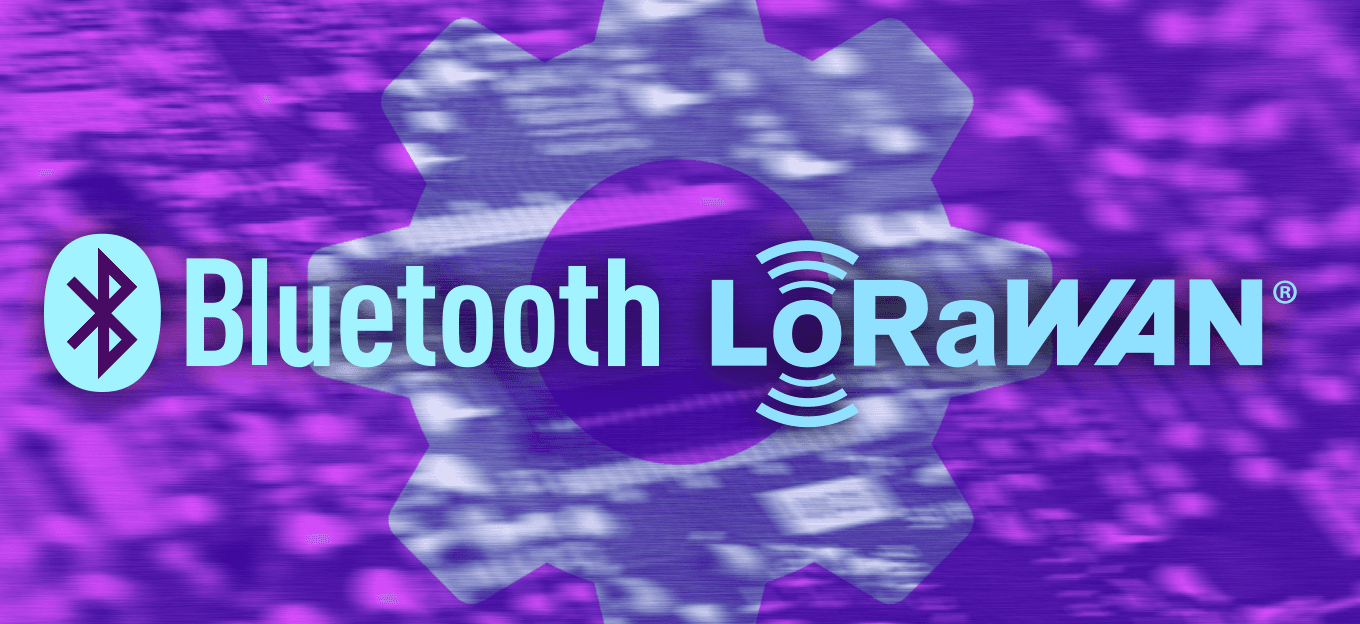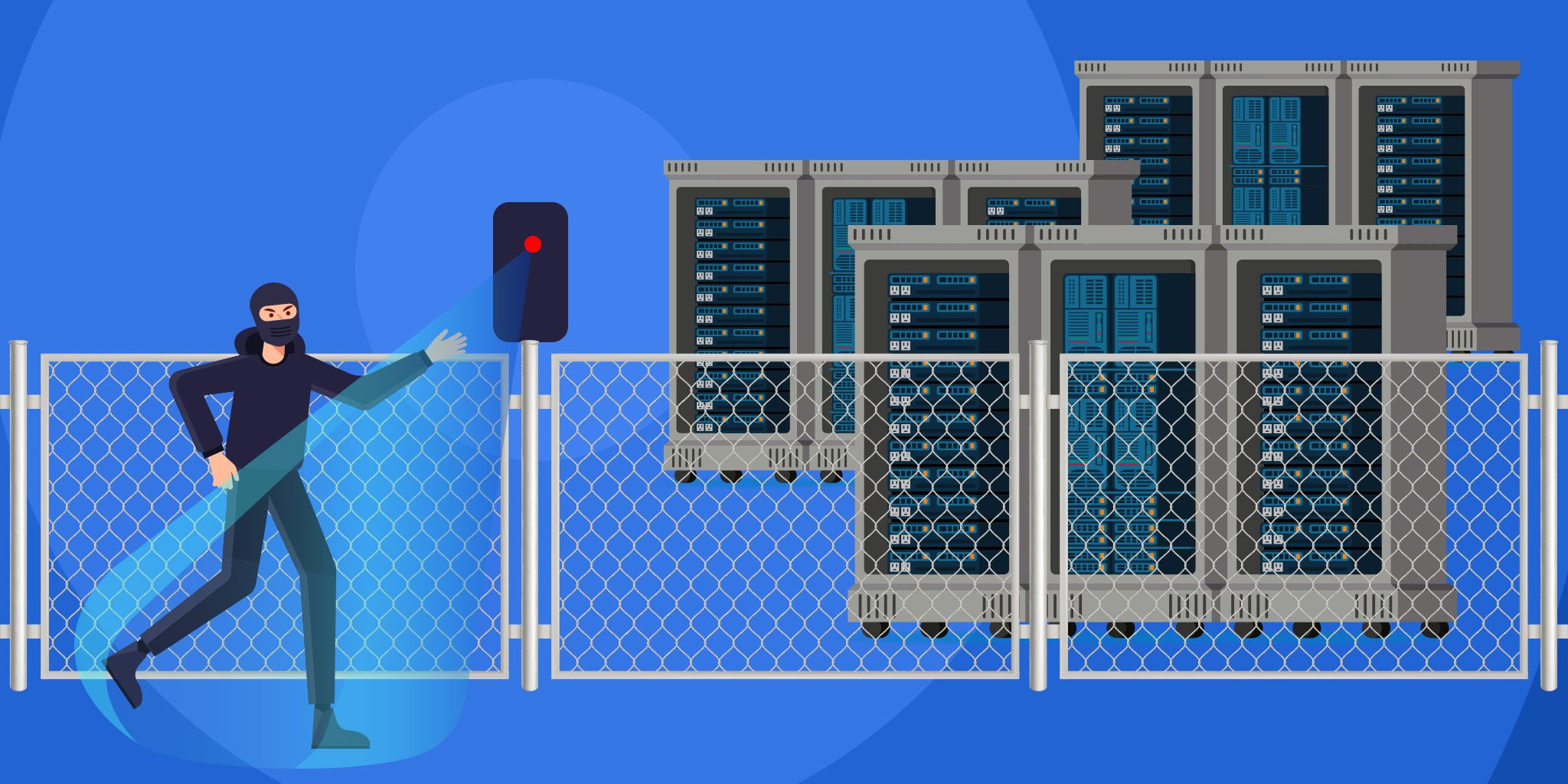Extreme Smart Home Makeover: Interoperability Edition with LPWAN
Extreme Smart Home Makeover: Interoperability Edition with LPWAN
- Last Updated: December 2, 2024
Semtech
- Last Updated: December 2, 2024



Whether working from home or simply looking to make life more convenient, people are always seeking out the latest and greatest in-home automation. In fact, as of June 2021, an estimated 126 million smart speakers have been installed in 20 million U.S. households. National Smart Home Day, observed on November 3rd, focuses on the technology behind today’s smart home. Home automation systems are the motor powering smart homes worldwide. These systems enable devices to interact with each other, allowing consumers to activate and control household utilities, appliances, and more from their smartphones or tablets. Today, the average U.S. household has 22 connected smart home and entertainment devices. In an effort to address deficiencies, the smart home market has started to incorporate low-power, wide-area network (LPWAN) connectivity.
'Ensuring interoperability greatly improves the capabilities of smart home devices to further support the daily activities of consumers by making seamless, productive experiences a reality.' -Semtech
Interoperability & Smart Home IoT
Smart homes are so much more than the image that may first come to mind for many consumers. Smart homes consist of a variety of IoT applications, from smart lighting and thermostats to water and gas metering. But a smart home cannot be considered smart if its devices don’t work together. A truly smart home is interoperable.
The earliest form of home automation began in the 1900s with home appliances such as water heaters, washing machines, and refrigerators. During this time, automation networks were based on the X10, a communication protocol that uses power transmission wiring for signaling and general control. The connectivity landscape has evolved since then and now includes Wi-Fi, BLE, and NB-IoT. However, the challenge of interoperability remains.
The right IoT solutions can connect smart home devices utilizing the same platform. Among other capabilities, smart home IoT sensors can detect problems in the home, like water and gas leaks, or excessive CO2 emissions, and then optimize utility usage to improve the efficiency, safety, and convenience of everyday living.
Complementary Connectivity Solutions
Is one home automation connectivity solution superior to any other given system? In short, no. Each network has its strengths and weaknesses. Wi-Fi, for example, is best used for transmitting larger amounts of data such as video footage from security cameras. Wi-Fi is extremely fast and uses a router to transmit tiny data fragments over a radio frequency. Breaking up the signal allows it to be sent with a low amount of power. Greater bandwidth speeds also allow Wi-Fi to transfer data at a faster rate.
While Wi-Fi and similar technologies are used to transfer large amounts of data, networks such as LPWAN are better suited for sending small amounts of data. LPWAN is complementary to the needs of smart home devices because they don’t require the same speed and bandwidth as consumer cellular devices. LPWAN is also extremely power-efficient, is wireless, and incorporates built-in security protocols, all benefits which make it compelling for smart home use. Let's take a deeper look into how LPWANs complement smart home connectivity solutions.
Benefits of LPWAN for Smart Homes
#1: Extensive Coverage & Remote Management
Sensors deployed in LPWAN networks are capable of penetrating dense building materials such as concrete walls and multiple floor levels. This makes LPWAN an ideal platform for smart homes and buildings. Whether it be for dimming the kitchen lighting from a smartphone one floor up or for monitoring gas and water usage, the sensors seamlessly communicate with the end user to provide real-time notifications in case of emergency. The ability to manage smart home devices from anywhere in the world is another benefit of LPWAN solutions. Real-time monitoring of energy consumption, potential water or gas leaks, temperature, and more can not only save money but also lives.
#2: Low Cost
LPWAN sensors are extremely low cost. Because the battery life of these sensors lasts between 10-15 years, they offer minimized downtime and reduced maintenance costs. When dealing with hard-to-reach devices and applications such as indoor and outdoor lighting, consumers can feel at ease knowing they do not have to change the batteries often, saving time and money.
#3: Security
Whether it be financial information or Personal Identifiable Information (PII), smart homes house sensitive data. It is important to secure data from vendor lock-in. Private networks such as LoRaWAN are secure by design. These networks secure communications using end-to-end encryption, helping to deliver optimal privacy and protection.
Increase in Smart Homes
The number of smart homes in the residential housing space will increase dramatically in the coming years. Because of this, device manufacturers must focus on making networks more interoperable so that devices can easily connect and work in unison. Ensuring interoperability greatly improves the capabilities of smart home devices to further support the daily activities of consumers by making seamless, productive experiences a reality.
The Most Comprehensive IoT Newsletter for Enterprises
Showcasing the highest-quality content, resources, news, and insights from the world of the Internet of Things. Subscribe to remain informed and up-to-date.
New Podcast Episode

Moving Past the Pilot Phase in IoT and AI
Related Articles





